Photography is the art and technique of obtaining lasting images due to the action of light. It is the process of projecting images and capturing them, either by setting them in a medium sensitive to light or by converting them into electronic signals.
You can say that this is the definition or explanation of what photography is in technical terms.
Flor Angélica Fajardo

Photography was born at a time when society changed from pre-industrial to an industrial society.
Another one of the factors that impulsed its creation was the movement of the positivist philosophy (it establishes that each element of the Nature must be empirically tested).
In any case, these are undoubtedly some of the most important data regarding the history of this artistic field. And, after knocking doors in the virtual world we to meet Angélica, meeting her was magical.
This woman is from Bogotá and for some time (nine years) she has lived in Munich, the capital of Bavaria.
She studied Art History with an emphasis in Art, Music and Theater at the University of Munich.
In 2008, she had the opportunity of doing a “social year” in Germany. She soon realised that Germany was a beautiful country and filled with opportunities that she never had in Colombia. As many other before her, she traveled seeking new life experiences, learning possibilities and to broaden her horizons.

Seeing things from another perspective
While speaking with her I realized that pastel shades are her favorites. However, playing with colors, and contrasts is a pleasure. For this reason, her photos reflect this duality.
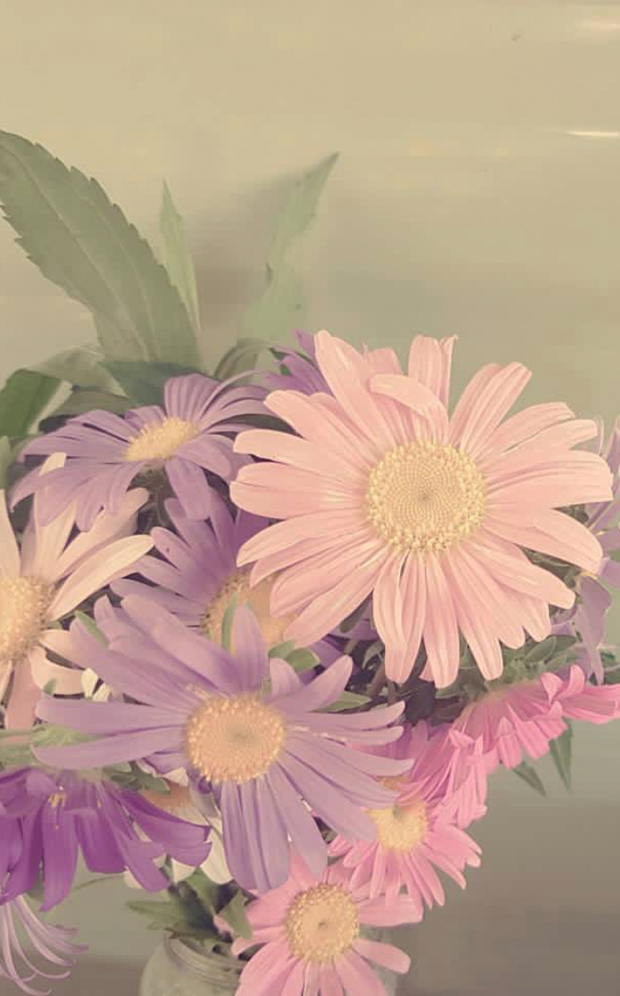
She tells me that the interest in seeing things from another perspective is the reason why she became interested in photography.
Photography has helped her to portray those simple things in everyday life. Things that are not visible to the naked eye, but are always there.
The shapes, objects, situations and colors that apparently are simple and insignificant, but through photography become art. She also loves the visual arts and the media.
Curiosity invades me and I start asking millions of questions.
Laura Viera A: How do you feel when you use a camera?
F.A.F: I feel freedom. It is wonderful to be able to use a camera as a communication tool and be free to choose the composition, framing, exposure time, light etc. Tools that help you capture what you want to express and that only you decide and can manipulate with total freedom. I also feel a little anxious to see if the photo was as I imagined it and if it says something. I do not like it when my photos do not say anything.
Laura Viera A: If you did not do this what would you do?
F.A.F: Definitely music, if I was talented.
Finding inspiration
Flor Angélica does not need too much to find inspiration and see the beauty of the mundane. What for many people can be worldly, for her it is beautiful since she has the ability to see the inner and secret light of things.

She assures me that people who fight for their dreams and do what they are passionate about inspire her a lot. People who simply do what they do with total passion and conviction.
In photography, she soaks up inspiration from an art director named Willy Fleckhaus. His magazine Twen revolutionised the concept of art direction and photography in the seventies and helped him understand that the most minimalist style, where images without being saturated with information can communicate more than words, it is something really beautiful.
Laura Viera A: Do you think that art can change or impact people?
F.A.F: Art transforms the way of thinking and seeing the world. Those who have had a very deep approach or interest in art, whether as an artist or as a spectator, manage to see the world through different eyes. Not only the world that surrounds it but its own. Art has the power to change our lives and make us feel free. And by feeling that freedom to express what is in our world through art, we can make an impact on others.
Visual saturation
What at one time was difficult to find today is everywhere. I mean graphic advertising or instant photos on our phones.
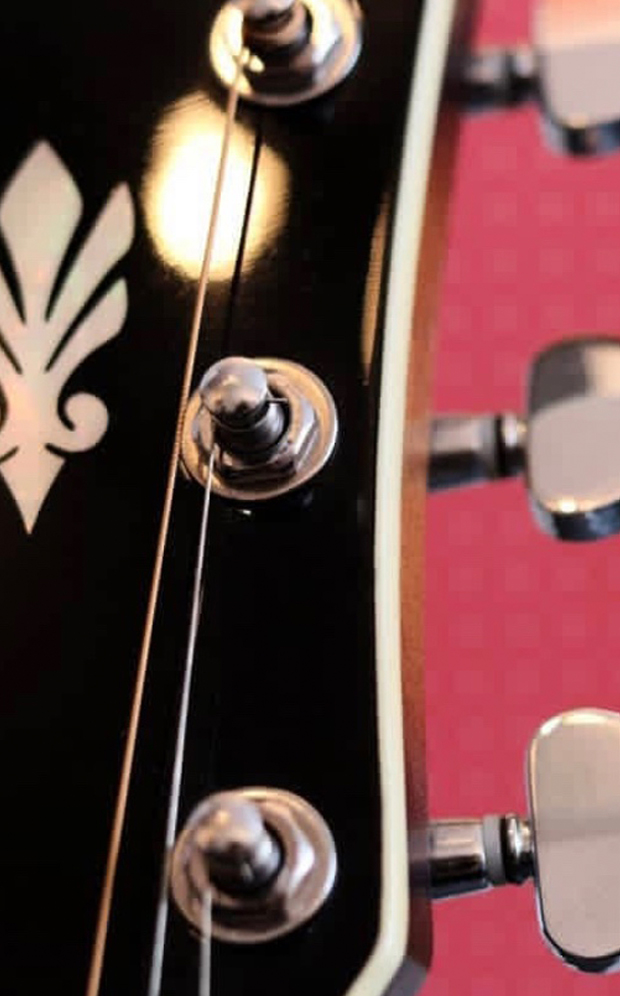
There is, to put it in some way, a visual saturation. For this reason, it is refreshing to find an artist who wants to reveal the beauty of the simplest things.
At the moment we make a photo (digital or analog) we are presenting an idea about something that we wanted to freeze, to capture an instant, a sensation.
The camera is our instrument of work and the one that allows us to “play” with what we want to photograph.
And, I think when we take pictures we’re playing. We are experimenting with reality, with different angles, positions, selecting textures, colors, among others.
So far, for Angélica, the most difficult thing has been imposed on the German labor market.
The German life
In spite of having graduated from a German university, she considers that she is always competing with the Germans who have a very high level of education and have a very good level in the artistic area and in the media.
Photography and her studies opened the doors to work as a television cameraman here in Germany. She does both of them.
She lives from her work as a cameraman and photographs parallely. Given that these two jobs are very practical and require skills and creativity, she opened her way on this field.
She also feels the disadvantage of not being a native German speaker.
On the other hand, the easiest thing has perhaps been to be able to develop in the creative and visual area and make a difference in an area as competitive as art and media.
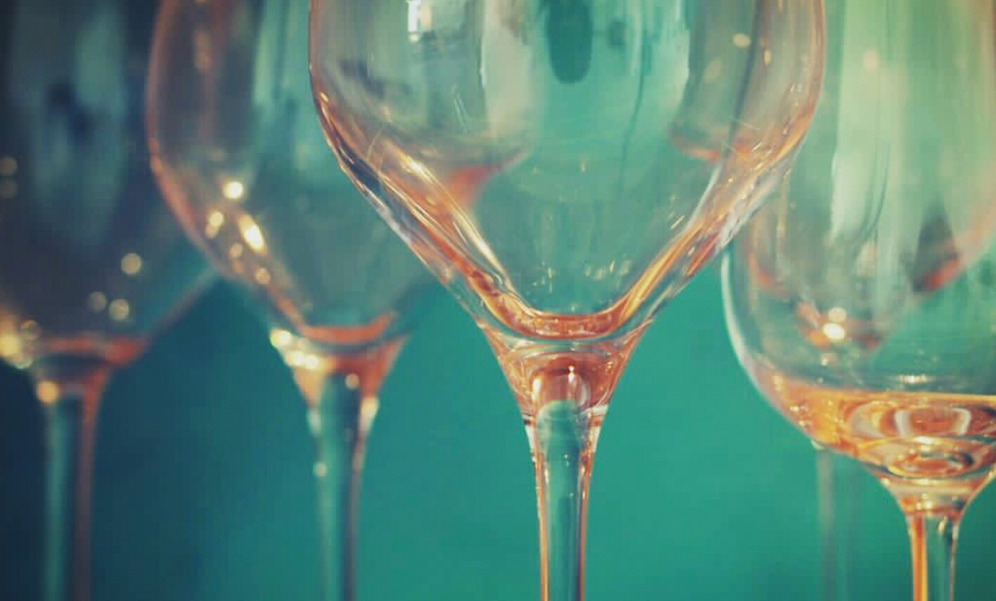
Nevertheless, Fajardo tells me that the easiest thing is to get used to the quality of life that Germany has to offer. It is easy to get used to what is normally going well here.
The public transport, honest people, the are always on time, the security in the streets, being able to ride a bicycle at any time and meet with bike paths everywhere, clean streets, road culture, civic culture e.t.c.

But, no matter how one gets used to these realities there are situations, places and people that will never be replaced. A perfect example of this is that having the family so far and so many hours apart is brutal. In addition to the happy atmosphere and that there is “a lot of life”, a lot of movement and music everywhere. Sometimes so much calm and silence stuns.
Laura Viera A: Do you feel integrated or do you still feel that something is missing?
F.A.F: If I feel fully integrated into German society. I got married here, I studied here, I work and I live here. I am part of this society. Despite this and generally having a very good relationship with the Germans in many areas, I feel that German society is a bit lacking to talk about true inclusion and not just about integration. I feel part of the German society but I am still the foreigner, the Latin American and even many times I have lived the experience of being underestimated and undervalued by the mere fact of coming from Colombia. I would say that Germany is making a great effort for the integration and inclusion of minorities, but to speak of inclusion, a bit is missing. We are integrated into German society as individuals, but not completely included, there are still some stigmas.
Goals and dreams
Laura Viera A: Favourite writers?
F.A.F: I love Mario Mendoza’s novels. A contemporary Bogotan writer who shows in his books a different Bogotá than we know from those who come from there. To see it from another perspective. I feel very identified with his work and what he converts the everyday, the simple and the banal into a kind of parallel universe. A writer and playwright that marked me a lot with his work was Bertolt Brecht who played a very important role for the theater of the 20th century, even for Latin America since he developed the idea of epic theater. One of his works that I like the most is the opera of the three cents. I think I can see that work again and again because its music is magnificent.
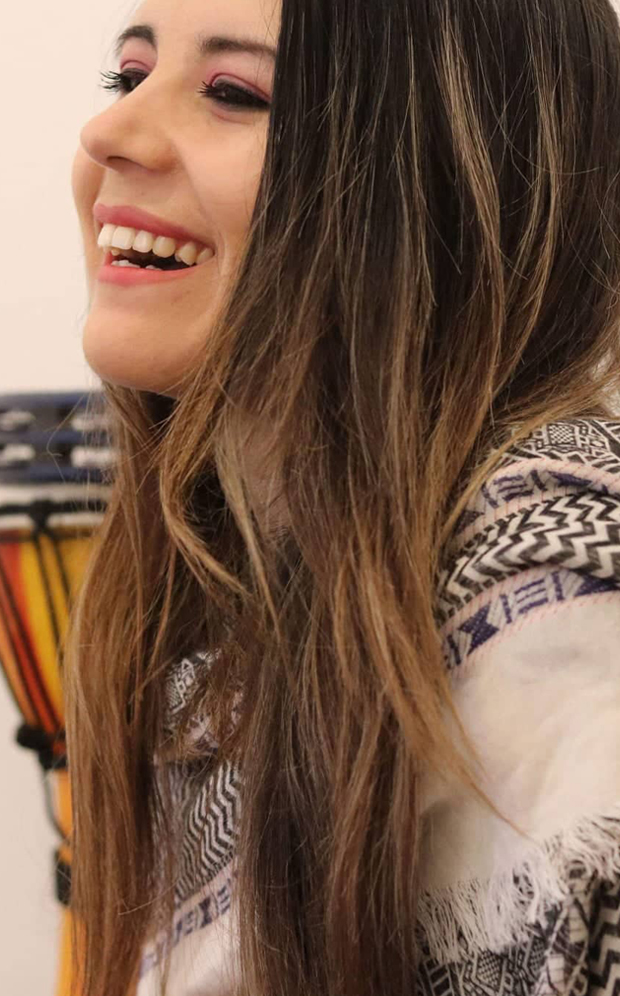
Laura Viera A: What do you want to achieve? What medium, long and immediate term objectives do you have?
F.A.F: I want to continue learning and stand out in my professional area. I want to get people to recognize my work and why not, inspire others. I would like in the long run to have more time and a space so that I can develop my taste for art, music, and photography. Obviously one day work on a large project with the help of artists and professionals who can learn a lot.
Laura Viera A: In your experience so far, do you have anything that sticks out, that is very present?
F.A.F: Yes, many. But an experience that turned my life around was studying a degree in History and German and deciding to change to Art History by mere conviction. Because I knew I wanted to do something in the artistic area. I even discovered talents that I did not know I had. I think it was one of the best decisions I could make and I learned that there is nothing better than fighting for the things that we are passionate about.
When words become unclear, I shall focus with photographs. When images become inadequate, I shall be content with silence.
– Ansel Adams –
Photography is considered one of the most important artistic activities of the human being and its relevance has to do with many factors that benefit both the one who carries it out and the one who acts as the public of his works.
Photography is perhaps one of the last arts to develop since, unlike painting, sculpture, music, architecture or literature, it did not exist as such until the end of the 19th century when the first formats of art began to be created. primitive photography.
An image for our memory
Photography generates an image that serves as a memory of that moment and it can not be repeated.
An image that is also seen and understood through the eyes of the person who takes the photograph, which may cause that image to be return unrepeatable for that fact as no one may have the same look again.
Photography can deal with different issues such as the landscape, daily life, situations of violence, life in different spaces such as the city for example, microphotography, etc.
The variety is unlimited and the interesting thing is that this makes this activity extremely important because it allows the public to observe a myriad of situations that would otherwise be lost or would not be known because a photographer was not present at the appropriate time.
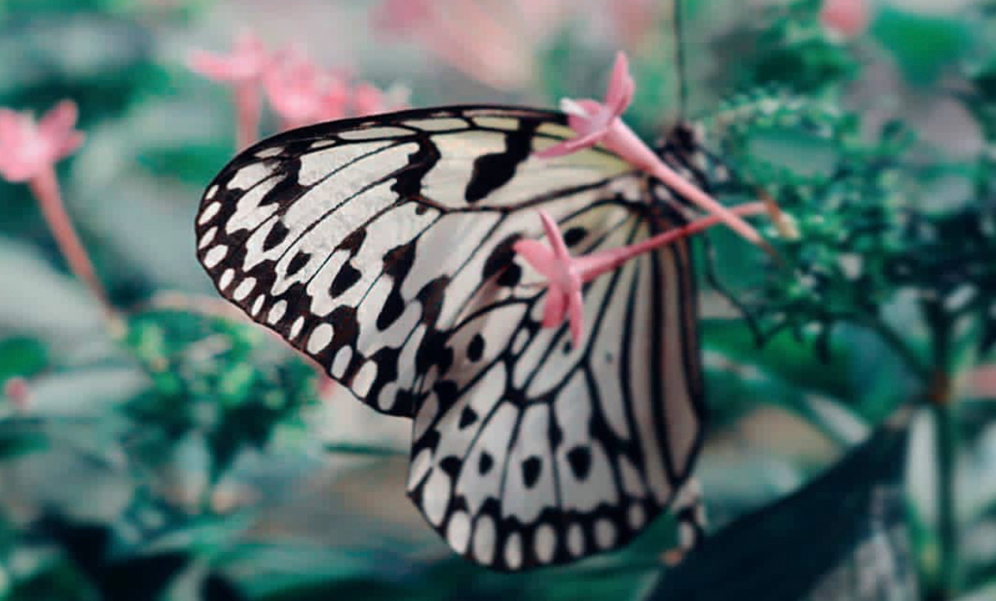
Laura Viera A: I see many “mundane” objects in your photos. I know you tell me that seeing them with another perspective seems interesting to you, any reason for that?
F.A.F: Yes, definitely that style of photography is the one I like the most. I think that each photographer develops a style and a theme of his own. I really like the objects, forms and things that are there in daily life, in which one at a glance does not see art but that with creativity, a good perspective and play of colors can become something more artistic. My idea has always been to see art in everyday life.

Photography is also very important not only for what it leaves us but for what it allows to achieve the person who carries it out.
In this sense, this activity requires the development of certain skills that one may not have at all.
Skills such as or patience, detailed observation of the environment, creativity, inventiveness, the permanent search for unique images, etc.
Photography is seduction of images. The artist focuses a light source on what he wants to highlight, surrounded by shadows that surround everything. It is a work of art. Thanks to it, light penetrates complex scenarios to reveal only a few details. Everything is in what is seen and what is hidden, between the human and the fantastic, these photographs arise.


